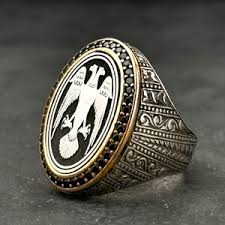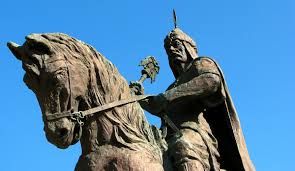The Seljuk Empire
The Seljuk Empire was a medieval Turko-Persian empire that played a crucial role in the history of the Middle East and Central Asia. Here are key points about its history, culture, and significance:
Origins and Expansion
- Foundation: The Seljuk Empire was founded in the 11th century by the Seljuk Turks, who were originally from the Central Asian steppes. They began as a small group of nomadic tribes.
- Expansion: Under the leadership of Tughril Beg and his successors, the Seljuks rapidly expanded their territory. They conquered large parts of Iran, Iraq, Syria, and Anatolia, establishing a vast empire.

Key Figures
- Tughril Beg: Founder of the Seljuk Empire, he led the Seljuks to victory over the Ghaznavids at the Battle of Dandanaqan in 1040, establishing their dominance in Persia.
- Alp Arslan: Tughril’s nephew, known for his military prowess and the victory at the Battle of Manzikert in 1071, which opened Anatolia to Turkish settlement.
- Malik Shah I: Under his rule, the empire reached its greatest territorial extent and saw significant cultural and scientific achievements.
Administration and Society
- Government: The Seljuks established a centralized government with a sultan at the top, supported by a bureaucratic administration. They retained many Persian bureaucrats and adopted Persian culture and administrative practices.
- Iqta System: A form of feudalism where land was granted to military officers in exchange for their services.
- Cultural Integration: The Seljuks were known for their ability to integrate various cultures, particularly Persian, Turkic, and Islamic elements.
Culture and Achievements
- Art and Architecture: The Seljuks were patrons of Islamic art and architecture, building grand mosques, madrasas (educational institutions), and caravanserais (roadside inns). Notable examples include the Great Mosque of Isfahan and the Al-Nizamiyya of Baghdad.
- Science and Learning: They supported scholars and scientists, contributing to advancements in astronomy, medicine, mathematics, and philosophy. The famous Persian philosopher and scientist Al-Ghazali thrived during this period.
- Literature: Persian literature flourished under Seljuk patronage, with poets like Omar Khayyam and Ferdowsi creating enduring works.
Decline and Fall
- Internal Strife: The empire began to fragment due to internal conflicts and the decentralization of power. The death of Sultan Malik Shah I in 1092 led to a power struggle among his successors.
- Crusades: The First Crusade (1096-1099) weakened the Seljuks’ control over the Levant.
- Mongol Invasions: The Mongol invasions in the 13th century further destabilized the region, leading to the eventual fall of the Seljuk Empire.
Legacy
- Cultural Influence: The Seljuks left a lasting legacy in the regions they ruled, influencing the cultural and political landscapes of Iran, Anatolia, and the broader Islamic world. Their promotion of Persian culture and administration had a long-lasting impact on the development of the Islamic civilization.
- Successor States: After the fall of the Seljuk Empire, several successor states emerged, including the Sultanate of Rum in Anatolia and various Persianate states, which continued to shape the region’s history.
The Seljuk Empire played a pivotal role in the transition of power from the early Islamic caliphates to the later Ottoman Empire, leaving a rich cultural and historical heritage.
4o
